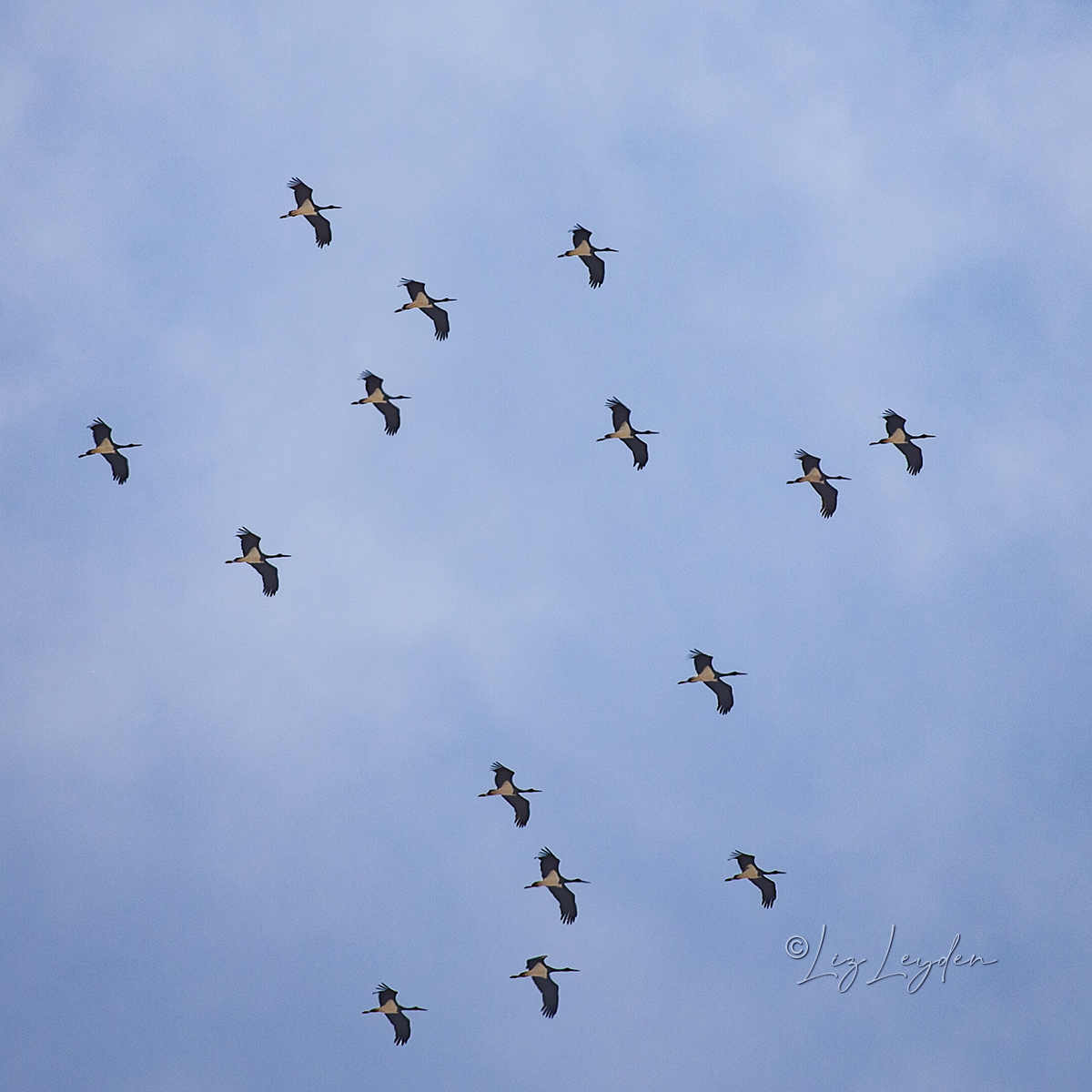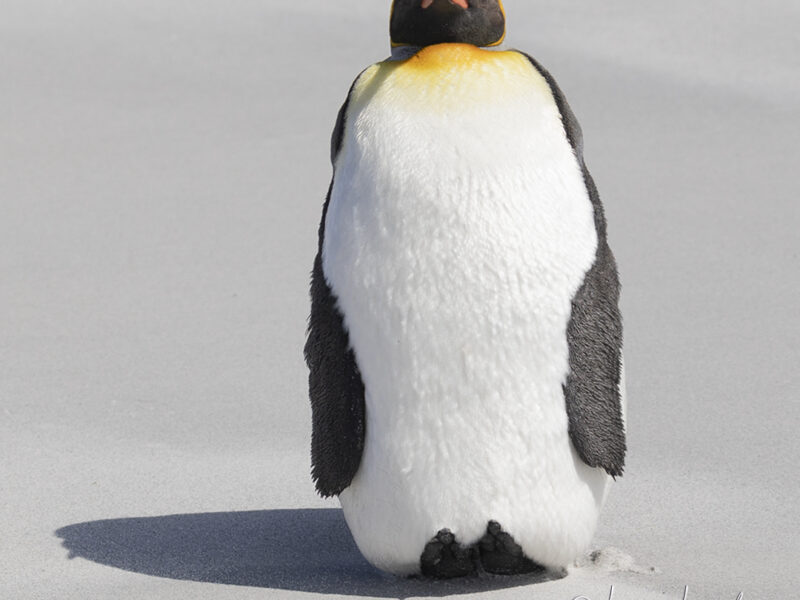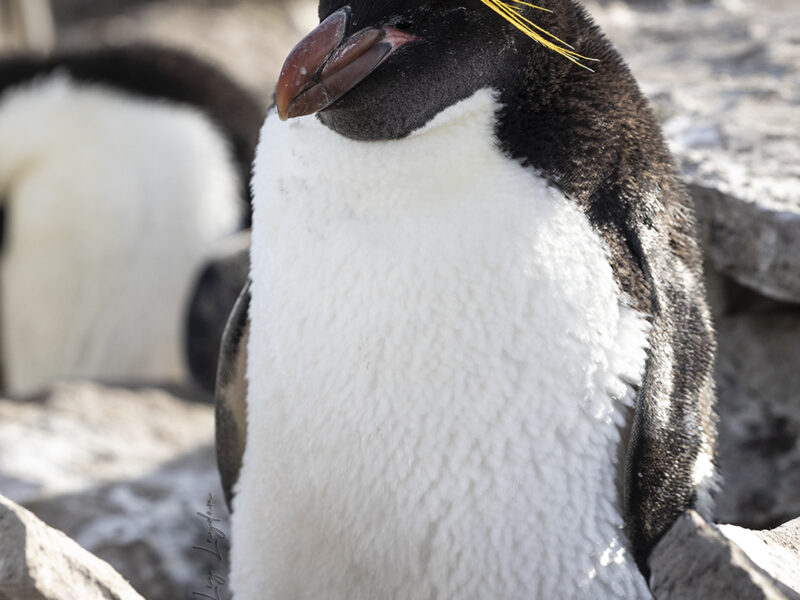A small part of a larger flock of Black Storks, Ciconia nigra, in flight. They are flying south over southern Andalucía in Spain en route to crossing the Straits of Gibraltar to Morocco.
Black Storks breed mainly in Eastern Europe, with a small population scattered between there and their other stronghold in the Iberian peninsula. (There is also an isolated breeding population in Southern Africa.)
Black Storks migrate south in autumn via two routes, either the western route through Spain and Morocco or an eastern route via Turkey and Israel.
A broad area of migratory divide exists in central Europe. We examined cases from the Czech Republic wherein siblings from one nest used different migration routes. We found 20 such cases associated with 18 nests distributed throughout the entire territory of the Czech Republic. Moreover, one bird hatched in 2007 used the western migration route in 2007 and the eastern one in 2009.
The actual geographical position of a juvenile Black Stork from an area of migratory divide in the autumn period of migratory restlessness (after the dispersal period) influences the decision to choose the western or eastern direction of migration. We also propose that Black Storks that are older than one year and therefore with experience of past migrations could decide their direction of autumn migration and be followed by inexperienced juvenile Black Storks. Siblings originating from an area of migratory divide can commonly use both main migration routes.
Migration of Black Storks Ciconia nigra at a migratory divide: Literák, Kafka, Vrána and Pojer
The photo is copyright © Liz Leyden, all rights reserved.
A wider crop of this photo of a flock of Black Storks is available to purchase as a stock photo from my portfolio at iStockphoto.


